While Lafayette plans to work out new dining options on campus over the next few years, many student-athletes have become frustrated that they don’t have enough food throughout their days of intense practices and frequent studying.
For the majority of athletic programs, teams take advantage of the same food options as non-athletes. Among the student body, the 20-meal plan option that all first-years start with tends to dwindle over the years, yet many athletes mentioned the need to keep the 20-meal plan.
“I’ve switched back to 20 meal swipes because I felt during the season, it’s kind of harder for me to perform as well as I need to,” football player Neriyan Brown ‘24 said. “We have a lot of games, we have practice and we also have workouts and lifts. So I felt like I needed more meals to perform better.”
Lily Dineen ’24, a member of the track team, finds her 14 meals per week insufficient.
“I’m a three-season athlete, so [meals are] pretty much constantly on my mind,” Dineen said. “There’s a big under-fueling problem, especially in runners.”
Dineen also mentioned that she does not meet her team’s nutritionist’s recommendations for food intake.
“[She] has advised our team like through my coach too that we should be eating four meals a day, which I definitely am not doing,” Dineen said. “I don’t really see that as possible.”
Dineen’s teammate, Emma Lorey ’24, said that her team frequently feels unfulfilled even after eating large meals in the dining hall.
“We’ll eat a lot, but then … we’re typically still hungry after,” Lorey said.
Lorey also mentioned that many athletes lack the proper protein intake.
“I’m pescatarian, and they rarely have fish in the dining hall,” Lorey said. “I oftentimes have to … Instacart my own food to be able to get options for protein because I don’t get enough of it in the dining hall.”
“[And] a big thing for distance runners is getting enough iron, which comes from red meat, and I don’t think they have red meat every night,” Lorey continued.
Many athletes have reported that this has led to frequent cooking on weekends in off-campus sports housing and eating at restaurants throughout the Easton area. Not only is this a break from campus dining to enjoy time with teammates, but this has been seen as a break from frustrating waits and supposedly subpar food. Dining halls with mobile order options have faced criticism for their long wait times.
“Sometimes by the time my food’s done, I already have to head to class. So it’d be a struggle to get the food, especially with the wait times,” Brown said.
Dineen said that she no longer orders from Gilbert’s Cafe or Lower Farinon due to the long wait times.
“I pretty much only eat at Upper now for lunch and dinner,” Dineen said. “That’s really … the only reliable option.”
The “training table,” a service sponsored by the college, provides healthier meals three times a week to cater to football players’ dining needs. The table alternates between the Marlo Room, other rooms in Farinon and Marquis. The new change has been praised by members of the team, especially as football training will begin at Fisher Stadium following the spring break.
“They just opened up the training table which has slightly healthier meals. We swipe in and they have more vegetables and meat,” football player Adam Port ‘24 said.
However, echoing complaints across some of the student body, athletes are really pushing for new, larger dining options on campus.
“I do think the school needs more dining options,” Port said. “When you’re forcing two dining halls to cater almost 3,000 students, it’s unreasonable not to expect a drop off in quality. And I think that’s where most people take issue is that the quality of the food isn’t great,” Port said.
“It’s always a constant anxiety, just eating as an athlete,” Dineen said.
Jenny Davis ’26 contributed reporting.










































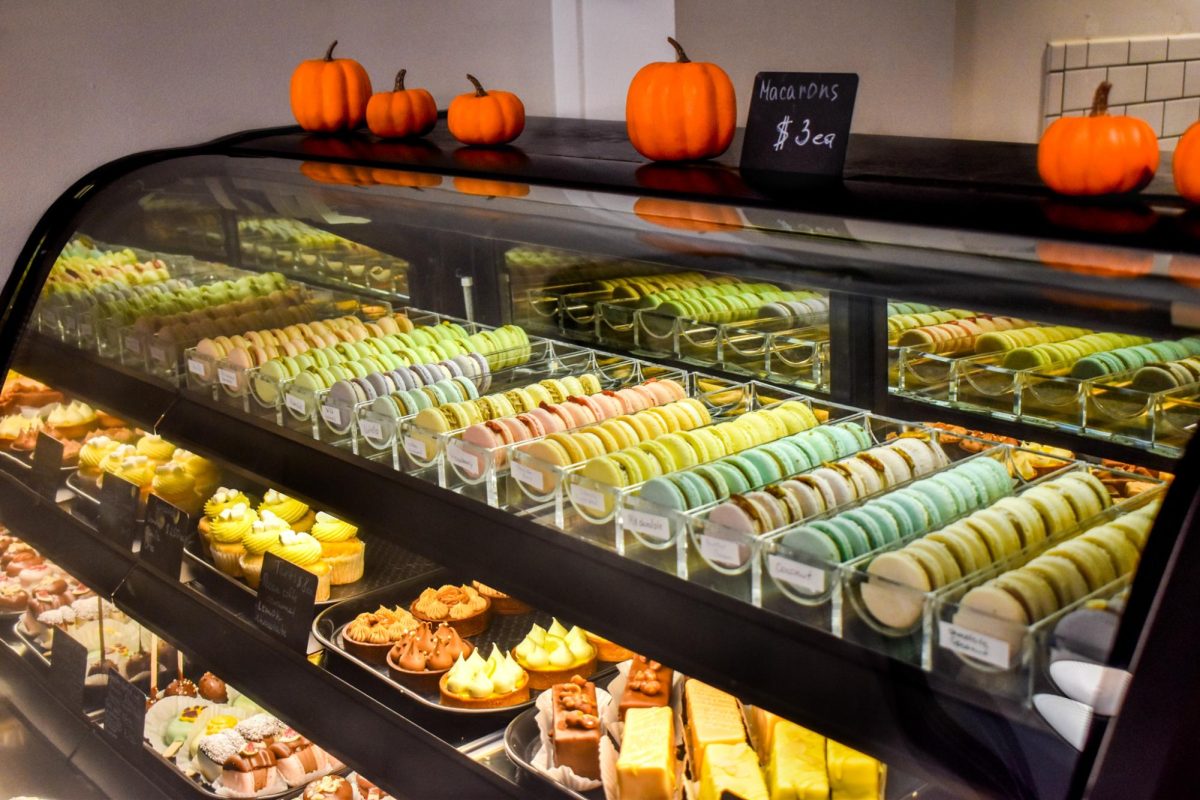




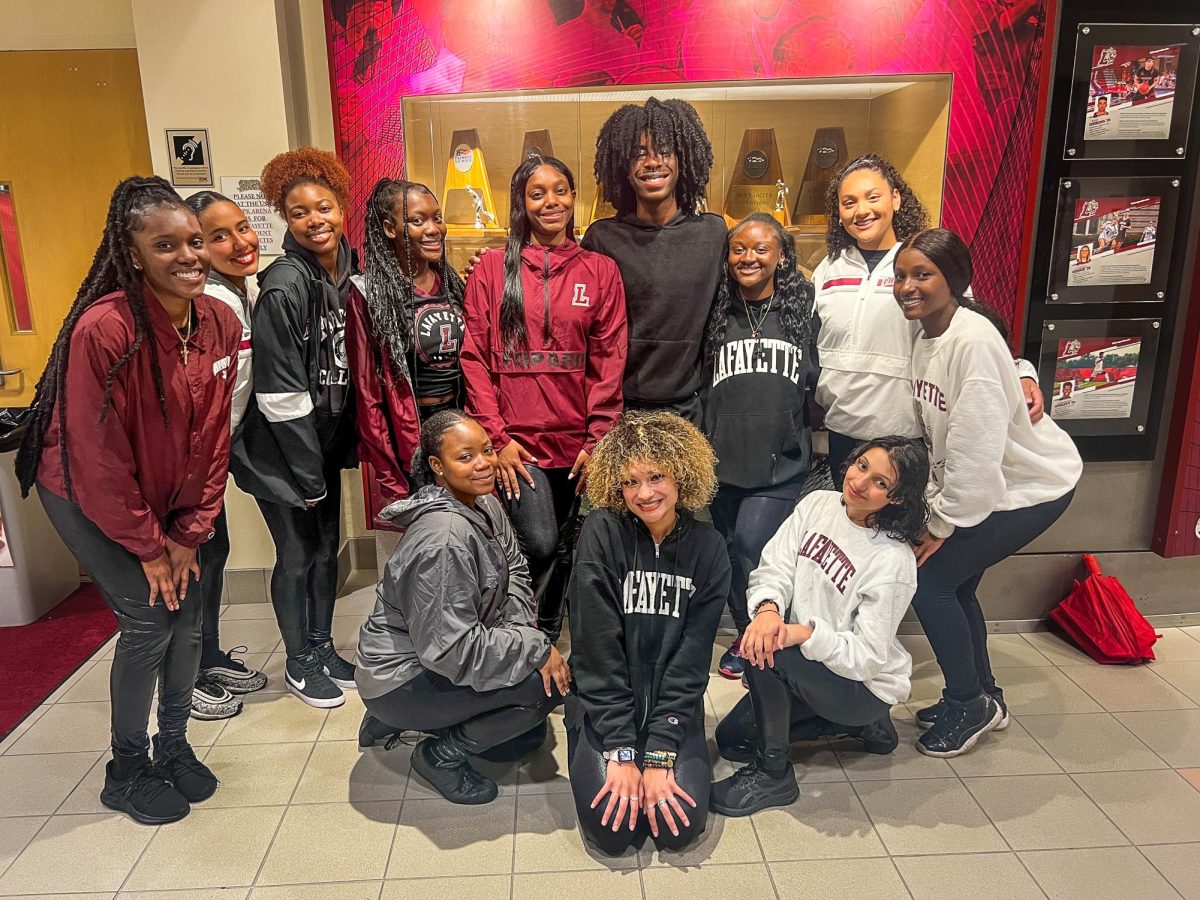





























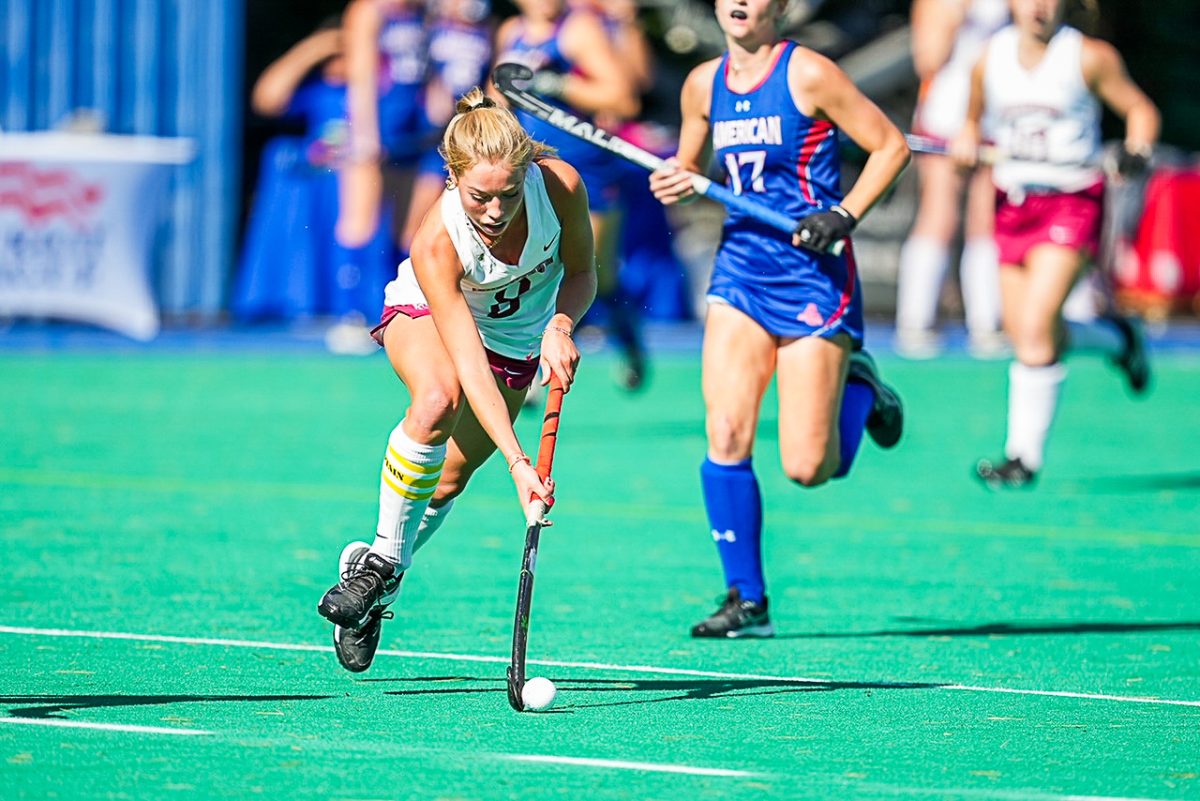







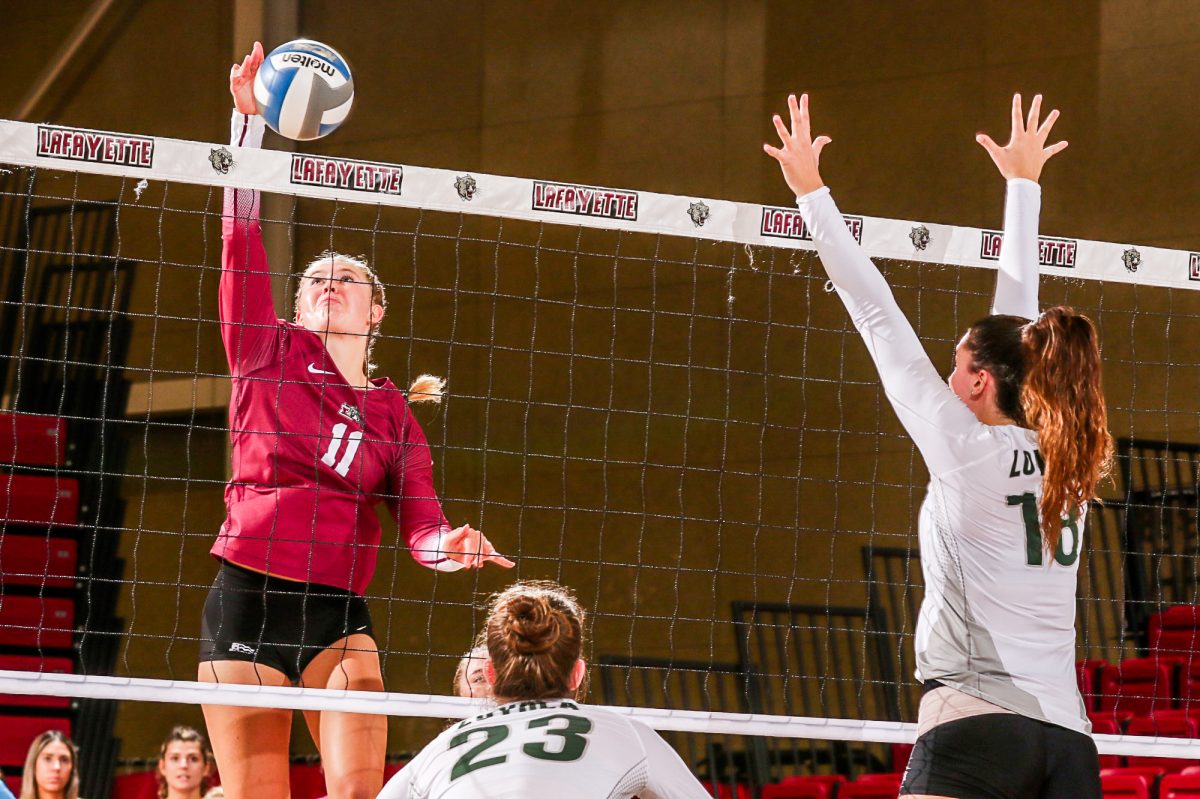










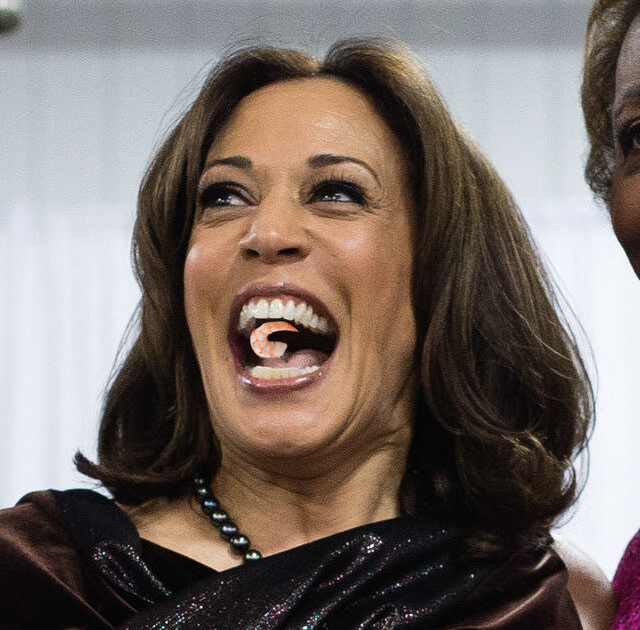


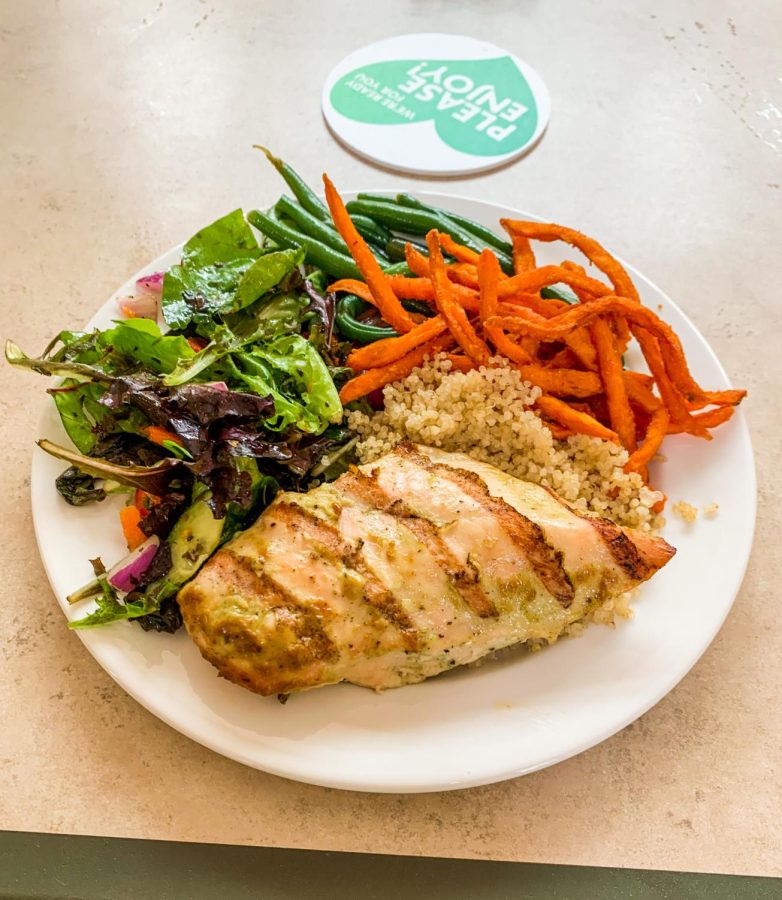

Mark Harrison • Mar 6, 2023 at 5:13 am
Hmm, back in the late 60s, early 70s, this would never have been an issue. I recall in ‘68 when I was a freshman we had ice sculptures and clams on the half shell in the Marquis dining room.
Nutrition was never discussed regardless of one’s athletic level.
They did make us wear jackets and ties to dinner!